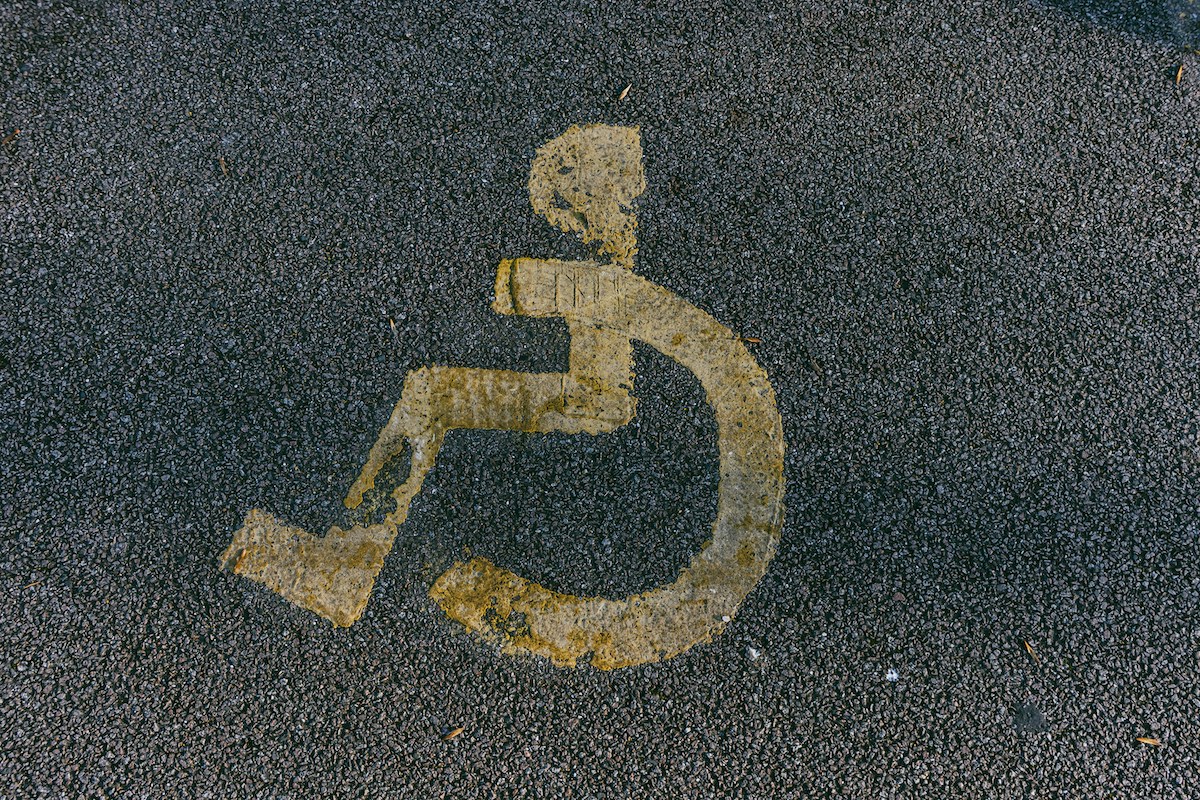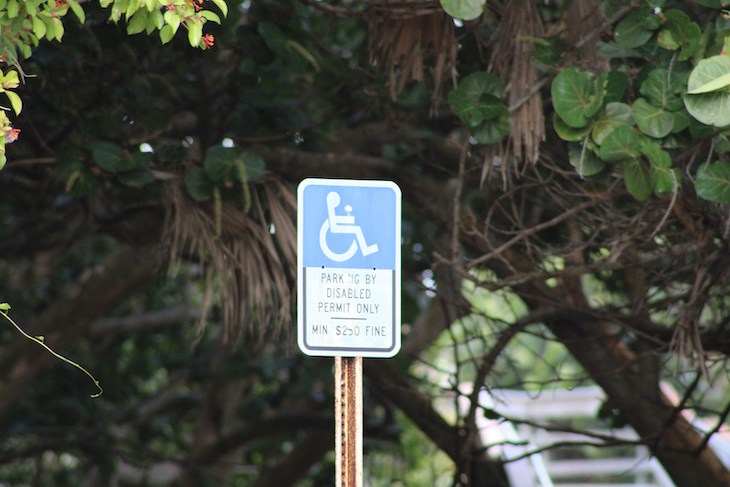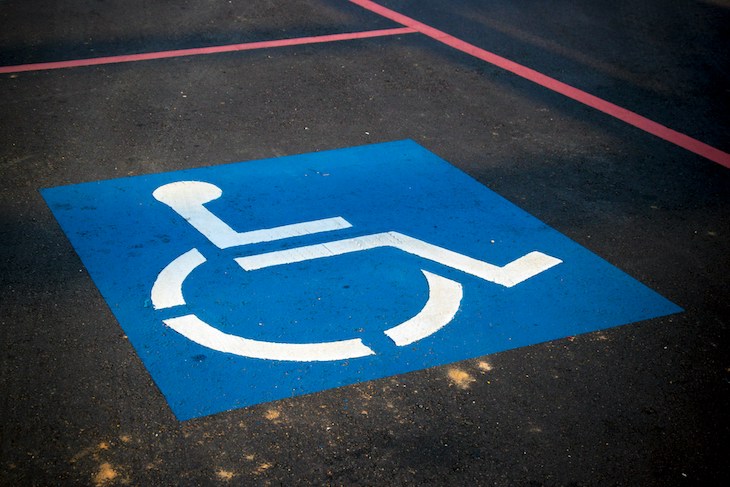Understanding ADA Guidelines: A Comprehensive Overview of Handicap Parking in the US

In the United States, the American with Disabilities Act (ADA) stands as a landmark piece of legislation, championing the rights of individuals with disabilities and fostering a more inclusive society. One crucial aspect of ADA guidelines is ensuring accessible and equitable parking for those with mobility challenges—commonly known as handicap parking.
This comprehensive overview aims to delve into the intricacies of handicap parking in the US, exploring the evolution of ADA guidelines, the legal landscape surrounding accessible parking, the importance of designated spaces, and the ongoing efforts to enhance inclusivity. As we navigate the nuances of ADA regulations, we will gain valuable insights into the rationale behind these guidelines, the rights of individuals with disabilities in parking areas, and the collective responsibility to create environments that prioritize accessibility.
By understanding the fundamentals and staying abreast of future trends, stakeholders—from policymakers to business owners and everyday citizens—can actively contribute to fostering a more accessible and accommodating landscape for all members of our diverse community.
What is The Americans with Disabilities Act (ADA)?
The Americans with Disabilities Act (ADA) stands as a cornerstone in the realm of civil rights, designed to eliminate discrimination against individuals with disabilities and promote their full participation in society. Enacted in 1990, the ADA is a comprehensive federal law prohibiting discrimination based on disability in various areas, including employment, public services, and accommodations. It encompasses a wide range of provisions aimed at ensuring equal opportunities for individuals with disabilities, fostering accessibility, and promoting the removal of barriers to participation.
One of the pivotal aspects of the ADA is its commitment to creating an inclusive environment for people with disabilities, emphasizing the importance of equal access to public spaces and services. The ADA’s influence extends to various domains, impacting infrastructure, communication, and employment practices. By establishing standards for accessibility, the ADA aims to break down physical and societal barriers, fostering a more equitable and integrated society where individuals with disabilities can navigate the world with dignity and autonomy. The legislation has played a crucial role in shaping perceptions, attitudes, and practices, heralding a more inclusive era that recognizes and values the contributions of individuals of all abilities.
ADA Guidelines for Handicap Parking
The ADA guidelines for handicap parking constitute a critical framework within the broader scope of the Americans with Disabilities Act (ADA), ensuring equal access and opportunities for individuals with disabilities. These guidelines meticulously outline the specifications for creating accessible parking spaces, covering aspects such as space dimensions, signage, and location. ADA-compliant handicap parking spaces are strategically designed to accommodate individuals with mobility challenges, providing them with the necessary space and proximity to access facilities without hindrance.
Key elements of ADA guidelines include the requirement for accessible parking spaces to be wide enough to allow individuals with disabilities to transfer in and out of vehicles comfortably. The guidelines also prescribe the installation of well-designed and easily visible signage, incorporating the universally recognized blue and white symbol, to designate these spaces. Additionally, ADA regulations stipulate the proximity of accessible parking spaces to building entrances, ensuring that individuals with disabilities can navigate public areas conveniently and independently.
By adhering to these guidelines, businesses, municipalities, and other entities contribute to fostering an inclusive environment, allowing individuals with disabilities to participate fully in various aspects of community life. The ADA guidelines for handicapped parking reflect a commitment to universal accessibility, emphasizing the importance of eliminating physical barriers and fostering a society where everyone can move freely and engage with their surroundings.

Handicap Parking Regulations
Handicap parking regulations, governed by the Americans with Disabilities Act (ADA), are a set of guidelines designed to ensure that parking spaces for individuals with disabilities are accessible, convenient, and safely located. These regulations establish specific criteria for the design and allocation of handicap parking spaces, emphasizing the need for inclusivity in public and private parking facilities.
Key aspects of handicap parking regulations include the dimensions of accessible parking spaces, which must be wide enough to accommodate wheelchair users and facilitate the safe transfer to and from vehicles. Signage is a crucial element, with clear and recognizable markings featuring the universally acknowledged blue and white symbol of accessibility.
Furthermore, handicap parking regulations outline the minimum number of accessible spaces required based on the total parking capacity, ensuring that individuals with disabilities have proportional access to parking amenities. These regulations also address the proximity of accessible spaces to building entrances, promoting ease of access for those with mobility challenges.
In adhering to handicap parking regulations, businesses, municipalities, and property owners contribute to creating an inclusive environment, acknowledging the diverse needs of individuals with disabilities and fostering equal opportunities for mobility and participation in various aspects of community life.
How to Access Accessible Parking Spaces
Accessing accessible parking spaces involves following specific protocols to ensure equitable use and compliance with regulations. First and foremost, individuals with disabilities must possess a valid handicap parking permit or license plate issued by the relevant authorities. This documentation serves as official recognition of their eligibility to use accessible parking spaces.
Upon arriving at a parking facility, drivers should look for designated handicap parking spaces marked with the universally recognized blue and white accessibility symbol.
These spaces are strategically located for optimal convenience, often closer to building entrances or facilities. It’s essential to respect the allocated space and avoid parking in areas designated for individuals with disabilities unless authorized.
Businesses and municipalities play a crucial role in maintaining the accessibility of parking facilities. Proper signage and markings are essential to guide drivers to accessible spaces, and regular inspections ensure compliance with handicap parking regulations. Additionally, ramp access and other amenities that enhance mobility should be well-maintained and clearly indicated.
Accessing accessible parking spaces requires collaboration between drivers, property owners, and regulatory authorities. By adhering to established protocols and fostering an understanding of the importance of accessibility, individuals with disabilities can enjoy convenient and equal access to parking amenities.
What is Handicap Parking Signage?
Handicap parking signage is a crucial visual communication tool designed to designate parking spaces reserved for individuals with disabilities. Recognizable by its distinctive blue and white color scheme and the international symbol of accessibility, this signage is strategically placed to indicate accessible parking spaces.
The signage serves as a clear and universal indicator, ensuring drivers can easily identify and respect parking areas reserved for those with disabilities. Compliance with handicap parking signage is essential for creating an inclusive environment, promoting equal access, and preventing unauthorized use of these specially designated spaces.
What is Designated Accessible Parking?
Designated accessible parking refers to specially marked parking spaces reserved for individuals with disabilities. These spaces are strategically located near building entrances to facilitate easier access for those with mobility challenges.
Designated by clear signage featuring the universally recognized blue and white accessibility symbol, these parking spots are reserved to ensure that individuals with disabilities can navigate parking facilities conveniently and safely. Compliance with designated accessible parking is essential for creating an inclusive environment, promoting equal access, and preventing unauthorized use of these specially allocated spaces.
What are the Handicap Parking Space Dimensions and Why Are They Important?
Handicap parking space dimensions are standardized measurements established by the Americans with Disabilities Act (ADA) to ensure adequate space for individuals with disabilities. The dimensions typically include a minimum width of 96 inches (8 feet) and an adjacent access aisle of at least 60 inches.
These specifications are crucial for accommodating wheelchair users and ensuring safe and comfortable entry and exit from vehicles. Adhering to handicap parking space dimensions is essential for accessibility, allowing individuals with mobility challenges to navigate parking facilities easily and promoting an inclusive environment that respects the diverse needs of all individuals.
What is Universal Accessibility in Parking Areas?
Universal accessibility in parking areas emphasizes creating environments that accommodate the needs of all individuals, regardless of physical abilities. This concept involves designing parking facilities to be inclusive, ensuring that everyone, including those with disabilities, can navigate the space conveniently and independently.
Universal accessibility may include features such as well-marked accessible parking spaces, ramps, curb cuts, and clear signage. By adopting universal accessibility principles, parking areas contribute to a more equitable and user-friendly environment, fostering a sense of inclusivity and allowing individuals of varying abilities to access and enjoy public spaces without unnecessary barriers.

What is ADA Compliance for Parking Facilities?
ADA compliance for parking facilities entails adherence to the Americans with Disabilities Act’s specific guidelines to ensure that individuals with disabilities have equal access to parking amenities. These regulations cover various aspects, including the design and allocation of accessible parking spaces, signage, and the overall accessibility of the parking facility.
ADA-compliant parking spaces must meet precise dimensions to accommodate individuals with mobility challenges, allowing them to transfer to and from vehicles safely. Signage is a critical component, featuring the recognizable blue and white symbol of accessibility and providing clear information about designated spaces.
Furthermore, ADA compliance extends to the path of travel from accessible parking spaces to building entrances, ensuring that individuals with disabilities can navigate the parking facility safely. Ramps, curb cuts, and other accessibility features are also integral to compliance.
By adhering to ADA compliance standards, parking facilities create an inclusive environment that prioritizes universal accessibility. This allows individuals with disabilities the freedom to move independently and engage with their surroundings without hindrance.
The Enforcement of Handicap Parking Rules
Enforcing handicap parking rules is vital for maintaining accessibility and ensuring that designated spaces are available for those with disabilities. Local authorities and law enforcement agencies play a crucial role in upholding these rules, monitoring compliance, and penalizing unauthorized use of handicap parking spaces.
Enforcement helps deter misuse, promoting fairness and equal access. Individuals who violate handicap parking regulations may face fines or other penalties, emphasizing the importance of adhering to these rules to create an inclusive environment for everyone.
What are the Legal Implications of ADA Guidelines for Accessible Parking?
The legal implications of ADA guidelines for accessible parking are significant, as these guidelines form the basis for creating an inclusive and compliant environment. The Americans with Disabilities Act (ADA) mandates specific regulations for accessible parking spaces, including dimensions, signage, and proximity to building entrances.
Non-compliance with these guidelines may result in legal consequences for businesses, municipalities, or property owners. Individuals with disabilities have the right to file complaints against entities that fail to adhere to ADA regulations, potentially leading to investigations, fines, or legal actions. Ensuring compliance avoids legal repercussions and fosters a welcoming and accessible environment for all.
Legal adherence to ADA guidelines is essential for businesses and organizations to fulfill their obligations, prevent discrimination, and contribute to the creation of inclusive spaces that prioritize accessibility and equal opportunities for individuals with disabilities.
The Importance of Accommodating Individuals with Disabilities
Accommodating individuals with disabilities is paramount for fostering an inclusive and equitable society. Recognizing and addressing the diverse needs of people with disabilities ensures equal access to facilities, services, and opportunities. Accessibility promotes independence, dignity, and full participation in community life.
By prioritizing accommodation, businesses and public spaces adhere to legal and ethical standards and contribute to a more diverse, welcoming, and harmonious environment. Embracing inclusivity acknowledges the inherent value of each individual, regardless of ability, and creates a society where everyone can navigate the world with dignity and enjoy the benefits of community engagement.
Understanding ADA guidelines for handicap parking in the US is crucial for creating an accessible and inclusive environment that respects the rights and needs of individuals with disabilities. The Americans with Disabilities Act serves as a guiding force, setting standards for the design, signage, and allocation of accessible parking spaces.
Compliance with these guidelines not only ensures legal adherence but also contributes to a more welcoming and equitable society. By embracing universal accessibility, businesses, municipalities, and property owners play a pivotal role in providing equal opportunities for all individuals, fostering independence, and reinforcing the values of dignity and inclusivity in our communities.
As we navigate the complexities of parking regulations, let us remain committed to creating spaces that prioritize accessibility, celebrate diversity, and uphold the principles of equal access for everyone.
Featured Image by